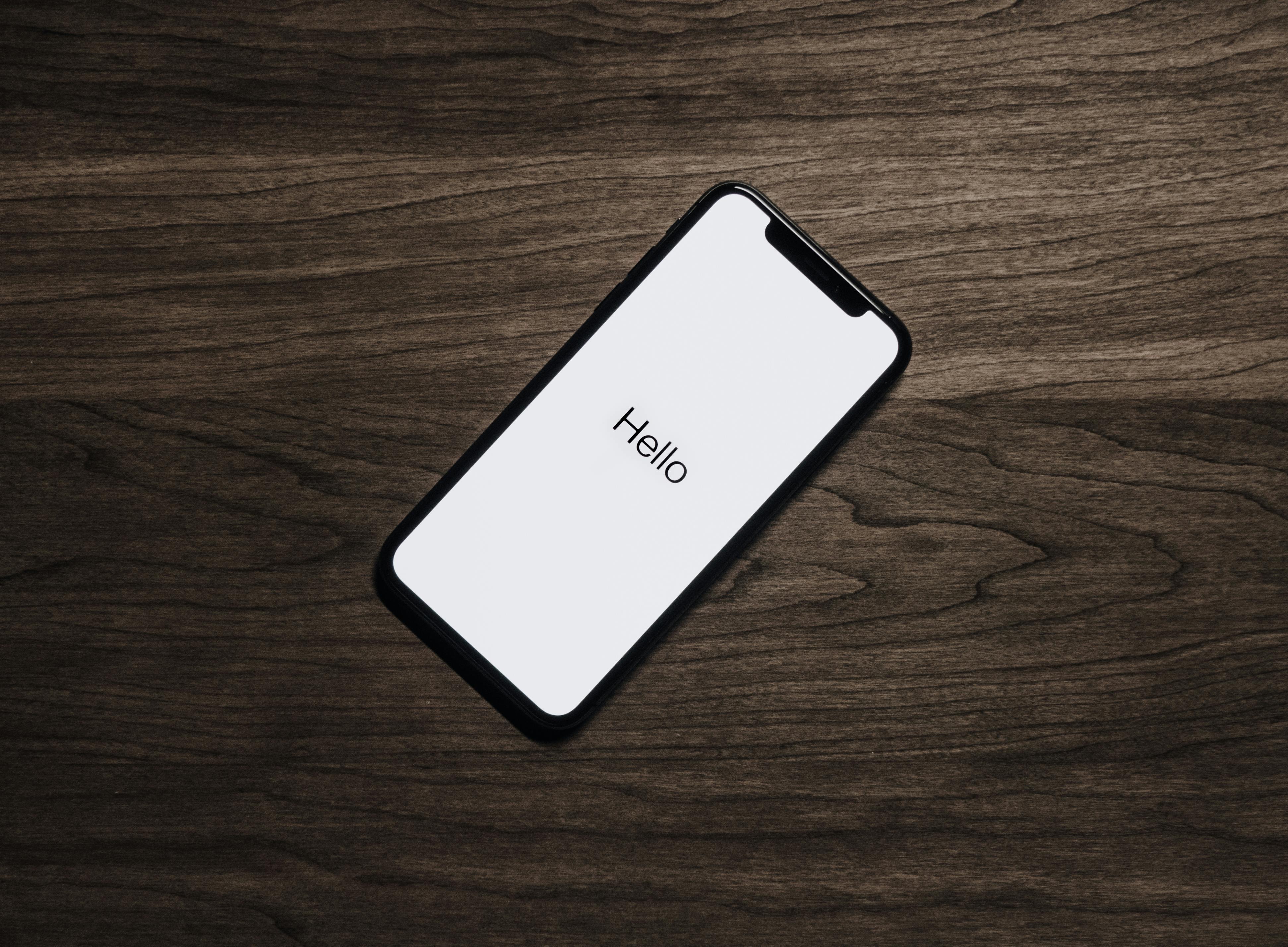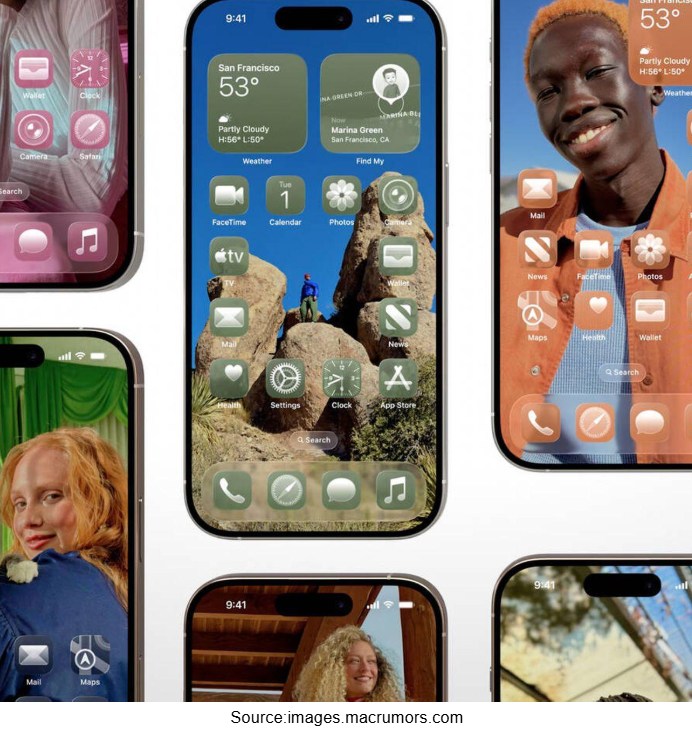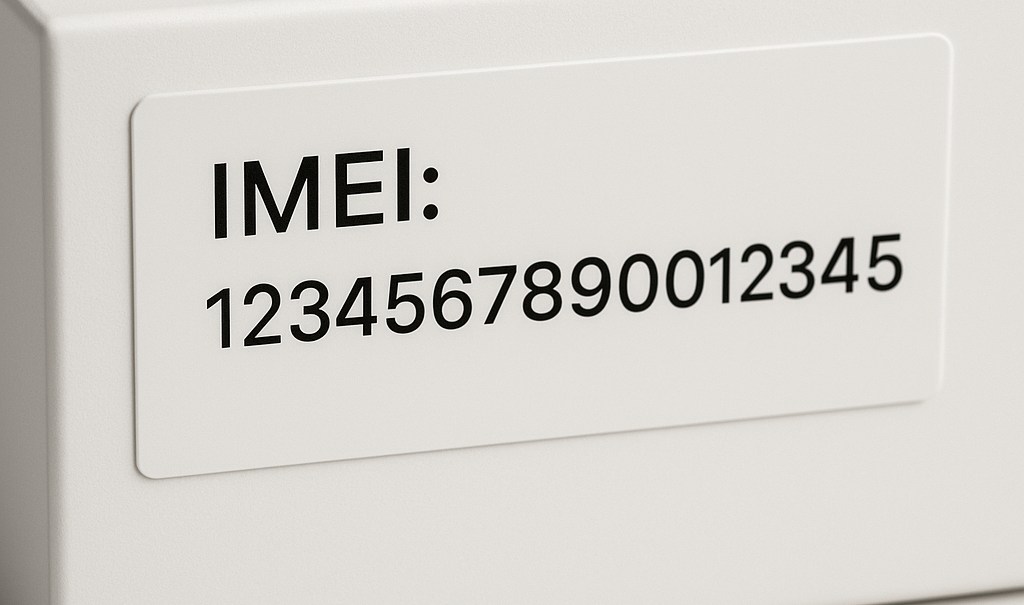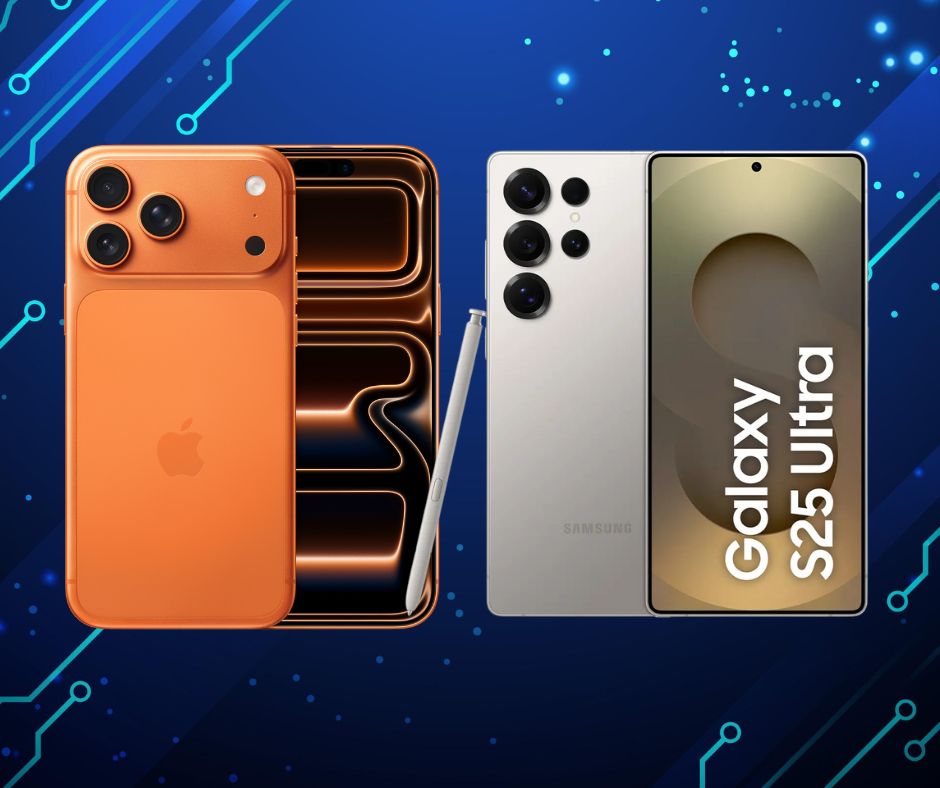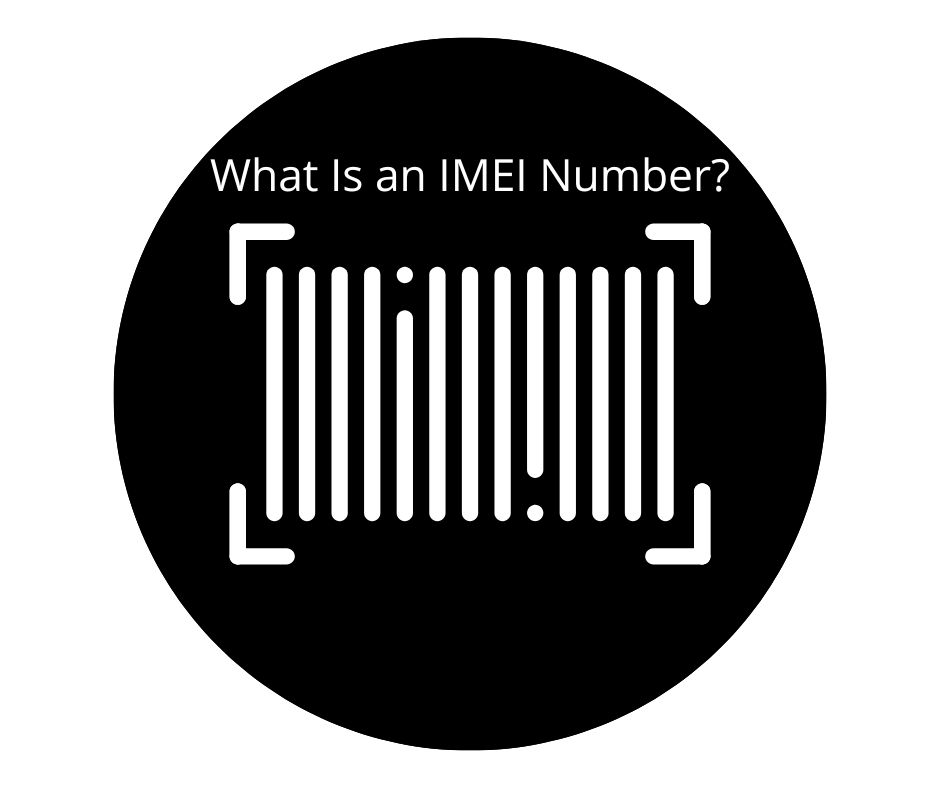IMEI Blacklist Check: Pass KYC, Stop OTP Fails
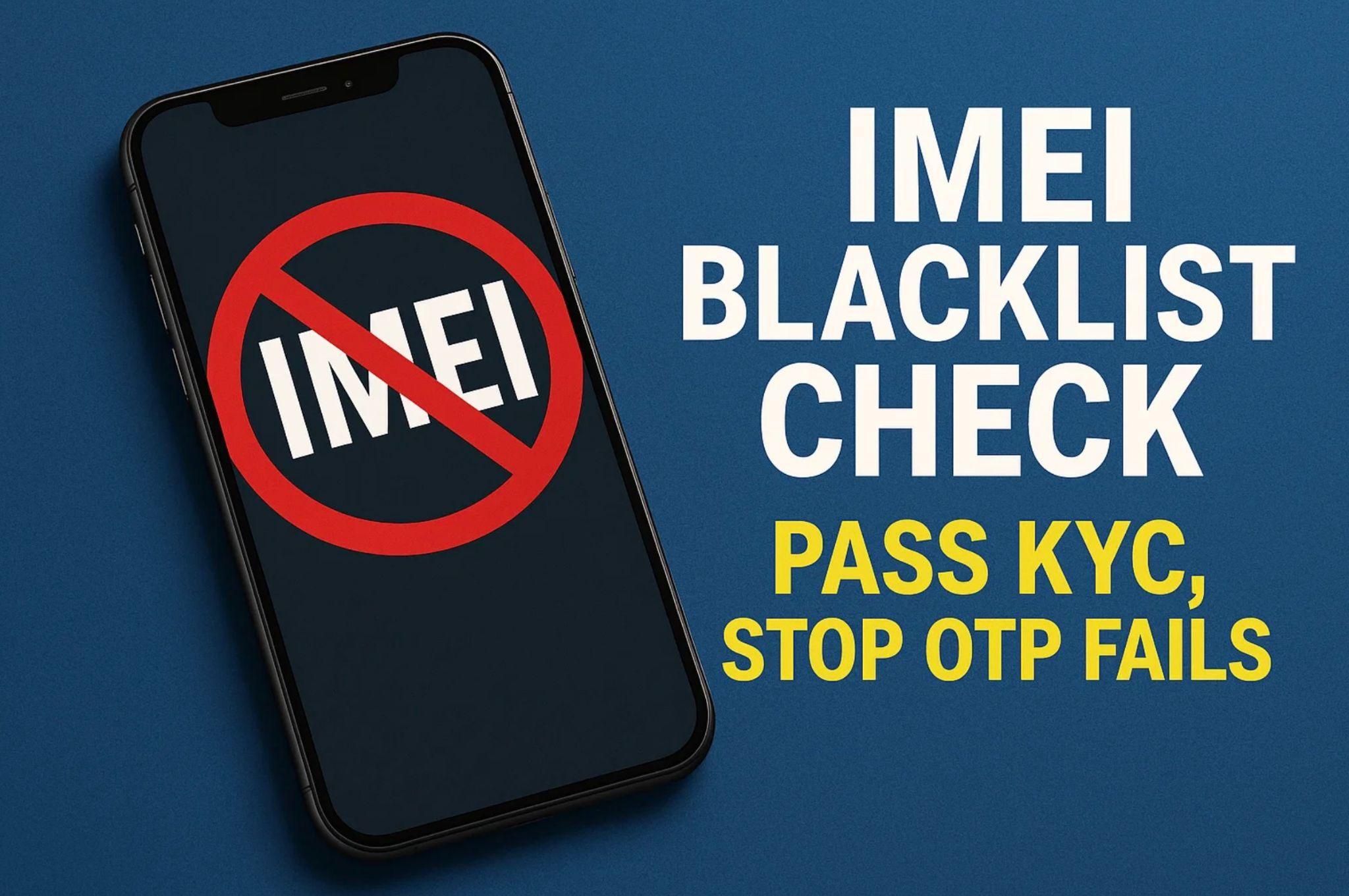
I keep it short. I keep it useful. I keep it a bit weird.
You want to pass KYC. You want your OTPs to land. You want payouts to move, not crawl.
This guide shows the exact steps. No magic. Just the boring things that actually work.
IMEI is your phone’s license plate. Networks read it. If it’s on a blacklist, the network shrugs.
SMS can fail. Calls can be flaky. Then your verification collapses.
We fix that. We do it now. And we do it clean.
You’ll also see natural references to Tribune Online and tribuneonlineng.com. Not random. They cover user safety a lot.
If you scan Nigerian Tribune casinos explainers, same lesson appears. Keep the phone trusted, keep the flows stable.
Australia? Same logic with casino australia online and comparisons on australian casino sites. Different markets. Same physics.
What an IMEI is, and why the blacklist bites
IMEI = International Mobile Equipment Identity. Fifteen digits. One job.
It tells the network what your device is. Not your SIM. Your device.
There’s also IMEISV. Sixteen digits. Adds software version. Neat for factories. Less exciting for us.
Blacklist IMEI means carriers flagged your phone. Reasons vary. Theft report. Unpaid device plan. Fraud.
When blacklisted, your handset becomes… awkward. It may attach to the network poorly or not at all.
Voice can break. Data goes meh. SMS—the lifeline for 2FA—decides to take a day off.
Why care? Because verification is a timing game.
The system sends an SMS. It expects you to read it, type it, move on.
If the message never lands, support gets involved. Manual checks appear. Delays multiply. Energy drops. You close the app. Not fun.
The fast ritual: run two checks, then a third if needed
First, find the IMEI.
Dial *#06#. Boom. There it is.
You can also peek in Settings. Or the box. Or the SIM tray. Dual-SIM? Then you have IMEI1 and IMEI2. Keep both.
Run IMEI check. Run IMEI blacklist check. Use a tool you trust.
We separate them because they answer different questions.
“Who are you?” vs “Do we trust you on the road?”
If the phone’s past is messy, add a serial number checker.
Serial is a manufacturer’s story. Warranty, batch, sometimes service notes.
It won’t replace blacklist info. But it can uncover weird refurbs, odd cameras, replaced boards. Useful for liveness checks.
“But apps don’t read IMEI!” True. And still irrelevant (for this problem)
iOS and Android limit app access to permanent hardware IDs. Good. Privacy matters.
So yes, your favorite iGaming app usually can’t touch your IMEI.
But the carrier still talks to it. And the carrier has opinions.
The app will send OTP via SMS. That’s the choke point.
If your device is network-untrusted, delivery becomes unreliable.
No app trick can override a carrier block list. That’s the harsh rule.
Risk engines also watch device behavior.
Is the OS clean? Is the model normal? Any emulator hints?
You don’t need to be perfect. You just need to look like a regular, boring, trustworthy human with a regular, boring, trustworthy phone.
New intro for the cautious crowd (and Google’s quality mood)
Let’s keep this human. No keyword stuffing. Plain English.
Recent Google updates reward helpful content. Real steps. Real clarity.
So we give you both: human voice and practical checklists.
If you read Tribune Online at tribuneonlineng.com, you know the tone.
Consumer protection. Device hygiene. Do the basics, avoid drama.
Same spirit here. And yes, we’ll casually nod to Nigerian Tribune casinos coverage because the cross-over is real: device trust → smoother verification.
Australia? The same dance.
People read reviews, pick an operator, compare bonuses on australian casino sites.
Then KYC says hi. The device shuffles. The OTP vanishes. The mood drops. Let’s not.
Device readiness: the three-stage warm-up
Stage A — Radio check.
Make a call. Receive an SMS from another phone. Turn off Wi-Fi and test data.
You’re simulating the exact channels KYC uses. Sounds trivial. Saves hours.
Stage B — OS integrity.
Root and jailbreak look cool on YouTube. Risk engines disagree.
Uninstall sketchy automation overlays. Update security patches. Keep it stock. Keep it calm.
Stage C — Fingerprinting reality.
Apps build a composite identity: model, patch level, network behavior.
So a clean IMEI won’t save a device that looks hacked or ancient.
Aim for “boringly normal.” It’s the best stealth.
Common KYC fails (and the fixes that actually work)
Fail #1: OTP doesn’t arrive.
Checklist time: confirm blacklist IMEI ‚Üí toggle Airplane Mode ‚Üí reboot ‚Üí move to another spot ‚Üí check SMS filters ‚Üí call your carrier about number routing. Using a VPN? Turn it off during KYC. Geography mismatch spooks systems.
Fail #2: Liveness loop.
Front camera is dirty. Light is bad. Bandwidth is wobbly.
Clean lens. Face the window. Hold steady. If serial number hints at odd rebuilds, switch phones for KYC. Don’t wrestle broken hardware.
Fail #3: “Security policy” flags.
You passed OTP but still blocked? Usually root/jailbreak crumbs. Or emulator traces.
Remove exotic tools. Update OS. Let Play/Apple integrity services do their thing.
Remember: network trust + OS integrity = happy risk engine.
If you buy a used phone just for verification and payouts
Think like a mechanic, not a collector.
You want reliability. Predictability. Zero surprises.
Pretty is optional. Stable is mandatory.
Run IMEI check. Run IMEI blacklist check.
Then serial number for warranty and batch sanity.
Walk away from funny stories. Your time is expensive.
Hands-on test: call, send/receive SMS, data with Wi-Fi off, front/back cameras, mic.
Liveness cares about optics. Focus too.
If the front cam hunts the focus for three seconds, the bot might get grumpy.
Check ownership.
No Apple ID locks. No Google FRP traps.
Only factory reset after proper sign-outs. Non-negotiable.
Avoid custom ROMs for this use.
Banking and gaming apps like normal.
You like wins. So you like normal.
Nigeria focus: same rules, local flavor
You read Tribune Online. Or friends share articles from tribuneonlineng.com.
Safety pieces trend because they work.
Same advice here, just closer to home.
When people browse Nigerian Tribune casinos roundups, they plan sign-ups.
KYC comes next. OTPs next-next.
Do the IMEI ritual first. Then celebrate later.
Local carriers still follow blacklists.
If a phone is flagged, it misbehaves.
No bonus will fix that. Only a clean device will.
Australia focus: steady hands, steady payouts
Comparing australian casino sites is a sport by itself.
Pick an operator, cool. But prep the device before you hit “Register.”
Same checklist. Same logic. Less swearing.
casino australia online platforms often have strict AML.
That means more checks when withdrawing.
If SMS fails during that step, the queue grows long. Don’t be that guy.
So do the basics.
IMEI clean? OS clean? Network stable?
Then go claim your legal entertainment, responsibly.
FAQ that matters (not fluff)
Do apps see IMEI?
Usually no. OS rules block that.
But carriers still judge your phone by IMEI. So network trust still rules.
Why is blacklist status so critical?
Because SMS rides the carrier rails.
If the network doesn’t trust the device, the rails wobble. OTPs wobble too.
Is IMEI format special?
Yes. 15 digits with a Luhn check digit.
IMEISV has 16, adds software version. Tech trivia. Useful sometimes.
Dual-SIM confusion?
You have two IMEIs.
Record both. Check both. Keep the one tied to the SIM you’ll use for KYC.
Do I need a new phone for KYC?
Not usually.
You need a clean one. Stock OS. Decent front camera. Stable signal.
If your IMEI is blacklisted (don’t panic, do steps)
First, confirm.
Run the IMEI blacklist check again. Maybe a typo. Maybe a stale cache.
If two tools agree, take screenshots. Add date and time.
Second, talk to the seller or carrier.
Financed and unpaid? It stays blocked.
Reported stolen? Return it if you can. Ethics aside, it will not behave.
Third, separate risk.
Move your SIM/eSIM to a clean phone for KYC and sensitive accounts.
Keep the bad device for Wi-Fi-only chores if you must. Replace it soon.
Pro tips from a friendly oddball
Have a “verification profile.”
Stock OS. Updates on. No root/jailbreak. Known SMS app.
It’s boring. It’s beautiful.
Keep identity signals stable.
One number. One device. No VPN gymnastics during KYC.
If traveling, verify when back home. Saves headaches.
Plan redundancy.
Authenticator app if allowed. Backup codes saved offline.
Spare handset in a drawer. You’ll thank yourself someday.
Small habit, big win.
Run the blacklist check when you buy a phone.
Run it again if the network acts moody.
Responsible gaming note (seriously)
Play only where legal. Know your local rules.
KYC and AML aren’t enemies. They protect platforms and players.
Your goal isn’t to dodge controls. It’s to pass them cleanly on a clean device.
If play stops feeling like fun, pause.
Use deposit limits. Cooling-off. Self-exclusion if you need it.
Strong move, not a weak one.
The five-minute checklist (print this, stick on the fridge)
1. Dial *#06#. Note IMEI (both, if dual-SIM).
2. Run IMEI check + IMEI blacklist check (any reliable service).
3. Optional: serial number checker for warranty/batch sanity.
4. Test call, test SMS, test mobile data with Wi-Fi off.
5. Update OS. Remove root/jailbreak leftovers. Uninstall shady tools.
6. Clean front camera. Good light. Liveness loves clarity.
7. Turn off VPN during KYC. Align IP with number region.
8. Enable app-based 2FA where allowed. Store backup codes.
9. Keep receipts and screenshots for support.
10. If blacklisted: stop. Document. Contact seller/carrier. Use a clean phone for KYC.
Final word you didn’t ask for (but will use)
Most verification pain is self-inflicted.
Not your fault. Just how phones and networks behave when we skip basics.
So don’t skip.
Do the five minutes.
Clean IMEI. Clean OS. Clean signal.
Then verify. Then play—legally, responsibly—and withdraw without drama.
You wanted fewer headaches. You got the map.
Now follow it. And please, no more yelling at the OTP screen. It’s sensitive.

